What Is an Ultra Thin LiPo Battery?
The Lithium-ion battery (LIB) has revolutionized our lives and is widespread from small-scale devices such as mobile phone to emergency distributed power supply, electric vehicle, etc. Lithium-ion batteries are evolving even now. Many current types of research for LIB focus on life extension, energy density, safety, cost reduction, and charging speed. Thin film LIB is one of the forms of LIB, it has attracted much interest for use as power sources of smart cards, implantable medical devices, micro-sensors, and soon.

What is an Ultra Thin LiPo Battery?
The thin film LIB is composed of the anode, cathode, and electrolyte with thick-nesses on the order of microns. As the demands for safety, higher energy density and other performance metrics increase, research into anode, cathode, and elec-trolyte materials has been rapidly progressing. Cathode materials are often mixed metal oxides involving lithium ion such as LiCoO, and LiMnO. Anode materials are lithium metal, carbon-based materials, and inorganic compounds. Both the cathode and anode materials are film, chosen for their ability to intercalate, and de-intercalate lithium ion while maintaining their structural integrity.
Established Techniques for Ultra Thin LiPo Battery
The use of highly functionalized thin films in various electronic devices has made life comfortable and this is due to the enhanced functional properties of materials at the nano-scale level. At present, the miniaturization of various electronic devices is inevitable as the electronics industry looks at manufacturing thinner and lighter devices , in addition to reduced power consumption. For example, in secondary lithium-ion batteries (LIBs), electrodes employing thinfilms of active materials are preferred over their bulk counterparts due to the muchimproved electronic and ionic conductivity, increased specific surface area andthe ease of controlling the morphology. This means that light and compact power sources with identical energy capacity to their heavier and large counterparts can beeasily manufactured through thin films applications. Owing to the above-mentioned benefits of thin films'applications in LIBs and electrical devices, a considerable number of techniques have been established for the fabrication of these thin films. In this chapter, some of the effective techniques used in the deposition of thin films are described and discussed. The fabrication techniques can be divided into two categories representing gas phase and liquid phase fabrication methods for thin films.
Gas phase fabrication methods
Magnetron sputtering is one of the most well-established techniques that is widely used in the industries to fabricate coatings of many different materials, including metals, semiconductors, and alloys. Thin films fabricated via magnetron sputtering prove to be of superior quality in comparison to those fabricated using other gas phase methods. The schematic representation of the magnetron sputtering set-up is shown in Figure below.
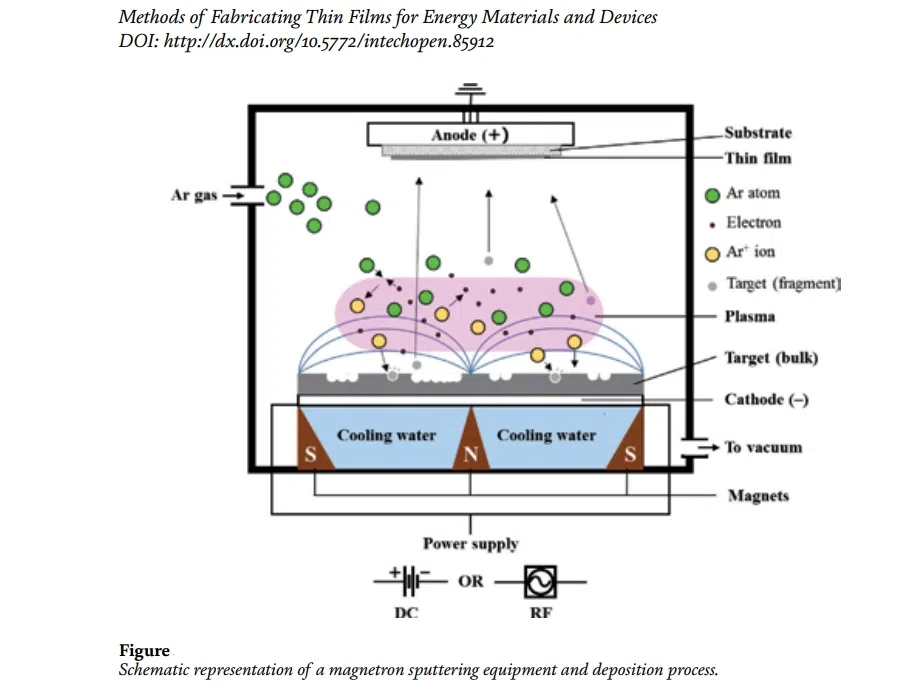
Before deposition, the chamber is evacuated to ca. 10-4 kPa and then refilled with Ar gas which is used as the sputter gas. Using strong electrical and magnetic field, magnetron sputtering employs the bombardment of the selected target's surface by Ar+ ions which are formed as a result of the collision between Ar gas atomsand electrons trapped within the magnetic field. The Ar+ ions are attracted toward the negatively charged target (cathode) and the bombardment leads to the ejection of the targets particles which are then redeposited as a thin film on the substrate placed on the anode, opposite to the target. Depending on the type of power source utilized, magnetron sputtering can be divided into two types namely, direct current (dc) magnetron sputtering and radio frequency (rf) sputtering. While dc magnetron sputtering is relatively cheaper in comparison to rf, only electrically conductive targets like metals or doped semiconductors are used. Additionally, reactive gases such as oxygen or nitrogen gas are used to react with the sputtered materials, in the fabrication of thin films for metal oxides or nitrides, respectively. The technique is referred to as "reactive magnetron sputtering”.
Liquid phase processes
Electrospray deposition (ESD) involves the deposition of charged particles formed as a result of liquid atomization by an electrical force. The atomization of the liquid by electrical force allows for the generation of small particles, of narrow size distribution which can be uniformly dispersed over the substrate and, ESD has been considered as apromising technique for the formation of high-quality layers and films. If the ESD process is carried out at elevated temperatures, thin film formation is achieved through the thermal decomposition of the precursor solution during deposition and the process is referred called “electrospray pyrolysis (ESP).” The schematicrepresentation of the ESD setup is shown in the figure below.
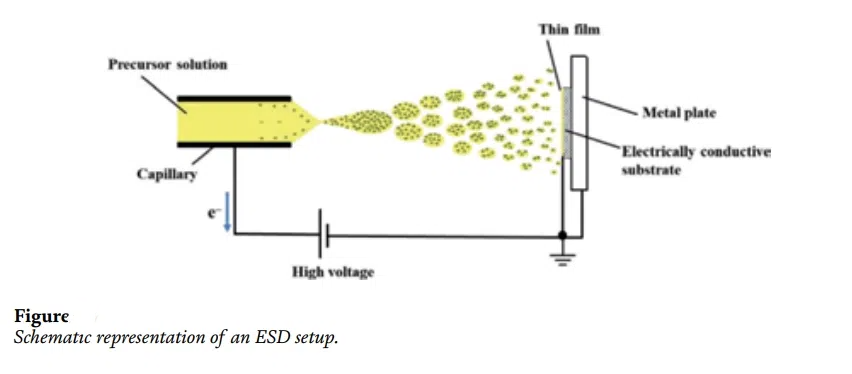
As shown in figure, the ESD method is based on supplying a precursor solution through a metallic capillary which is maintained at high electrical potential. Ideally, the solution forms a Taylor cone at the tip of the capillary and emitted as a solution jet composed of many highly charged droplets that are homogeneously dispersed in the space between the nozzle and the counter metallic plate (substrate holder) by Coulomb repulsion forces. The quality of the resultant thin films can be easily controlled by adjusting variables such as the applied voltage, distance between the atomizing nozzle and, the flow rate, concentration and amount of the precursor solution.
In addition to a very low throughput associated with the ESD technique, thin film deposition on insulating substrates is generally not possible due to charge accumulation on the substrate, which leads to the repulsion of more incoming charged particles. Modifications such as the use of alternating current (ac) and extractor electrodes have been employed to solve the charge repulsion issue and ensure the thin film deposition on insulating substrates via ESD. However, thiscomplicates an initially simple experimental setup.
Ultra Thin LiPo Battery Applications
Due to their unique features, ultra thin LiPo batteries are used in a variety of applications, including:
●Wearable Technology: Smartwatches, fitness trackers, and health monitoring devices benefit from the lightweight and slim design.
●Medical Devices: Ultra thin batteries power medical implants, hearing aids, and other portable medical devices.
●Consumer Electronics: Smartphones, tablets, and other portable gadgets utilize these batteries for their slim profile.
●Smart Cards: Credit cards, ID cards, and other smart cards integrate ultra thin batteries to power embedded electronics.
●Flexible Electronics: Emerging technologies like foldable phones, e-papers, and flexible displays use these batteries for their flexibility and thinness.
●IoT Devices: Small, interconnected devices in the Internet of Things (IoT) ecosystem often rely on ultra thin batteries for power.
Grepow Ultra Thin LiPo Battery Solutions
Grepow's Ultra Thin LiPo Battery is a cutting-edge pouch cell type battery with an incredibly slim profile, measuring just 0.4mm in thickness. This makes it perfect for ultra-narrow applications where space and weight are critical. The battery can be customized in various shapes and sizes to meet specific customer requirements, making it ideal for use in wearable devices, medical equipment, miniature electronics, and IoT devices. Despite its compact size, it delivers reliable performance and offers a space-saving solution for modern electronic devices. Some of their solutions include:
●Customizable Designs: Grepow offers bespoke battery designs to meet specific customer requirements, including unique shapes and sizes.
●High Performance: Their batteries are designed to deliver high energy density and long cycle life, ensuring reliable performance.
●Safety and Reliability: Grepow incorporates multiple safety features in their batteries to prevent overcharging, overheating, and other potential hazards.
●Wide Range of Applications: Their ultra thin batteries are used in medical devices, consumer electronics, wearables, and more.
●Advanced Manufacturing: Grepow uses state-of-the-art manufacturing processes to produce high-quality batteries that meet stringent standards.
Related Articles
-
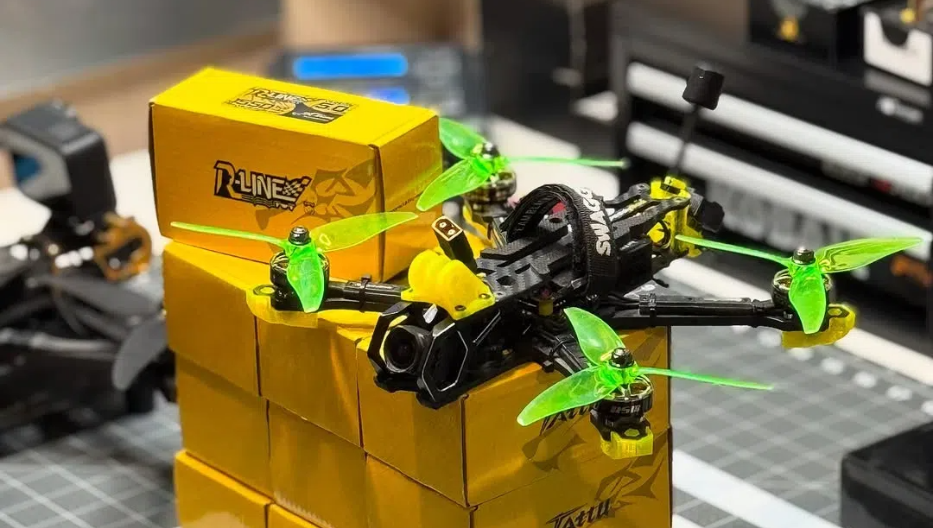
FPV Drone Types: All You Need to Know
2025-03-06 -
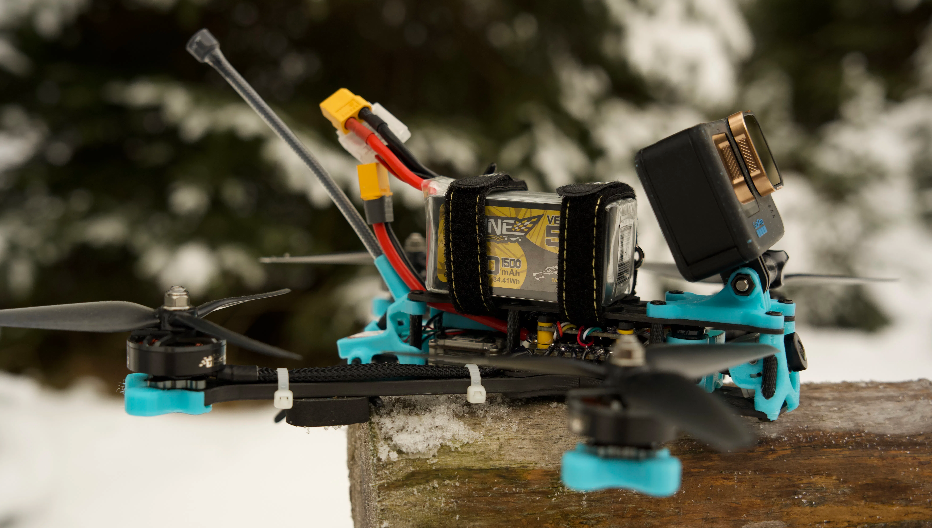
The Ultimate Guide to FPV Battey
2025-02-11 -

Exploring the Power Behind Quadrupedal Robots: A Deep Dive into Robot Dog Batteries
2025-01-22
Related products
-
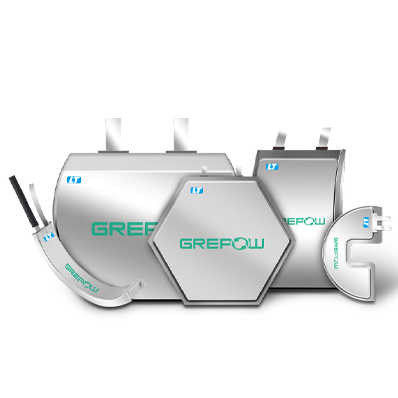
Low Temperature Shaped Battery
-
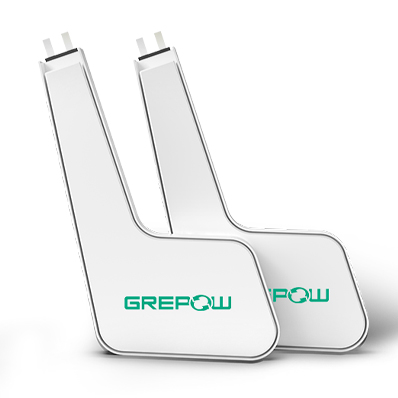
Pouch L Shaped Lipo Battery
-
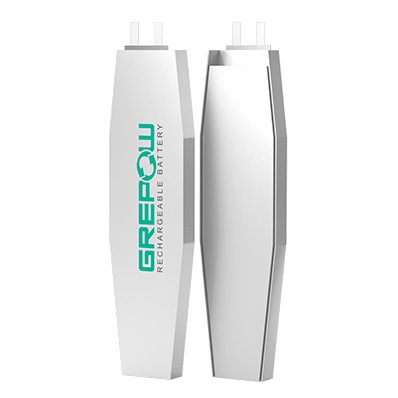
Pouch Octagonal Lipo Battery
-
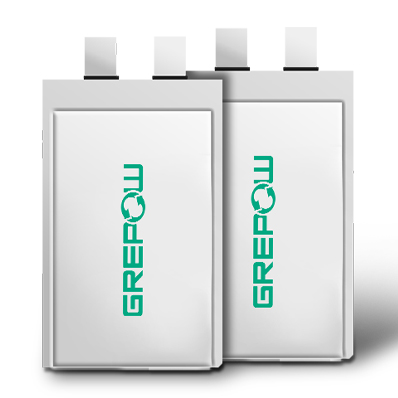
Pouch Rectangular Lipo Battery
-
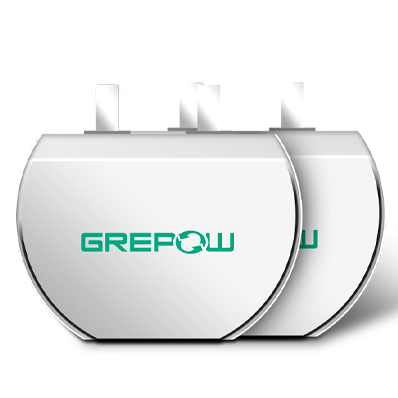
Pouch D Shaped Lipo Battery
-
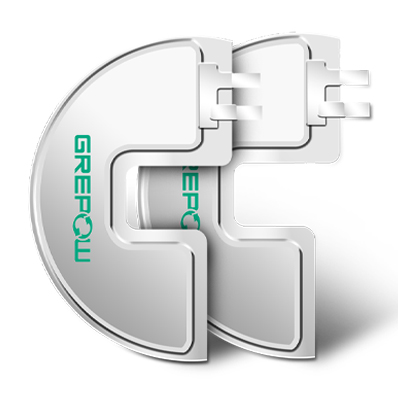
Pouch C Shaped Lipo Battery
-
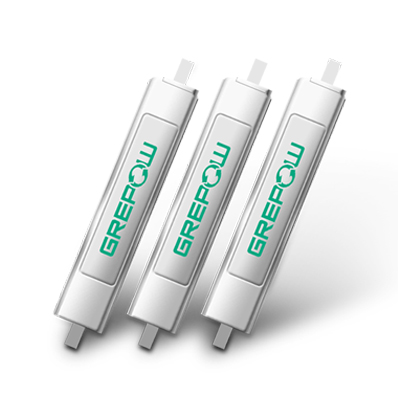
Pouch Ultra Narrow Lipo Battery
-
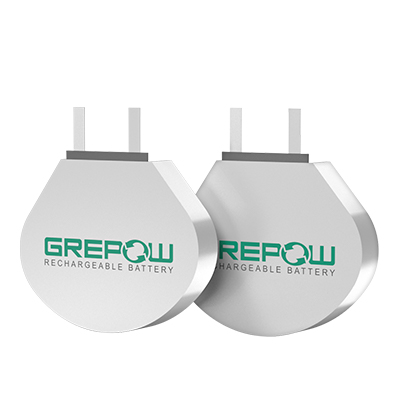
Pouch Irregular Lipo Battery

















































